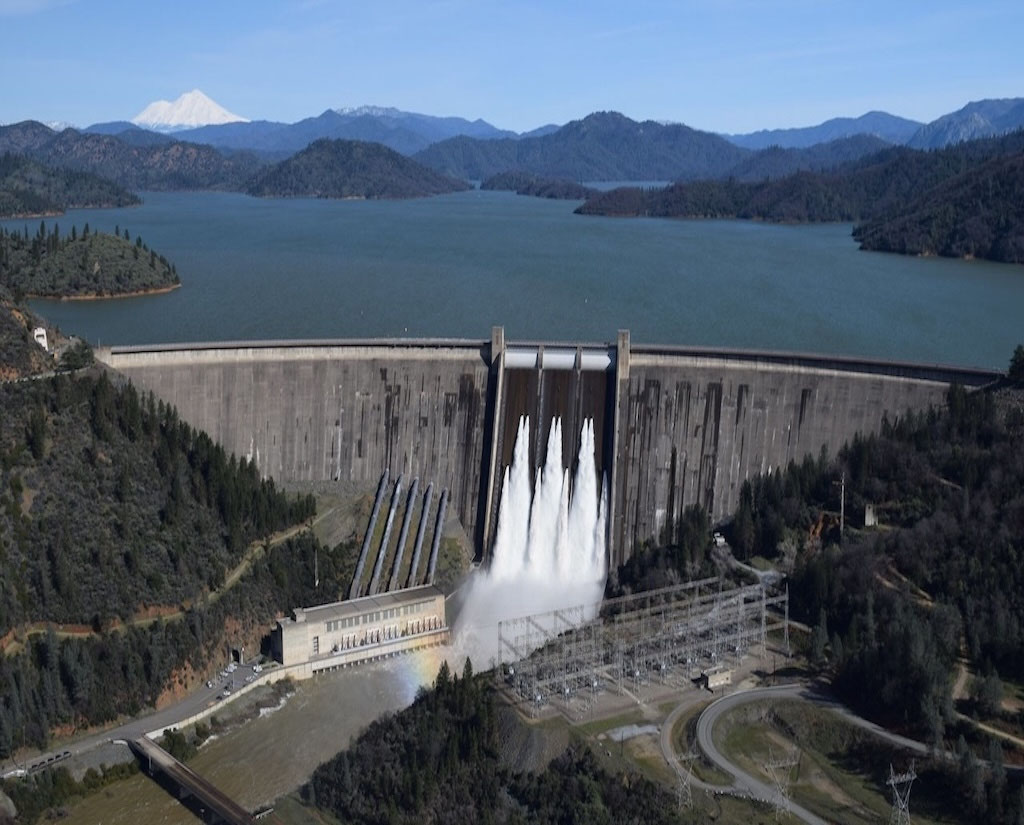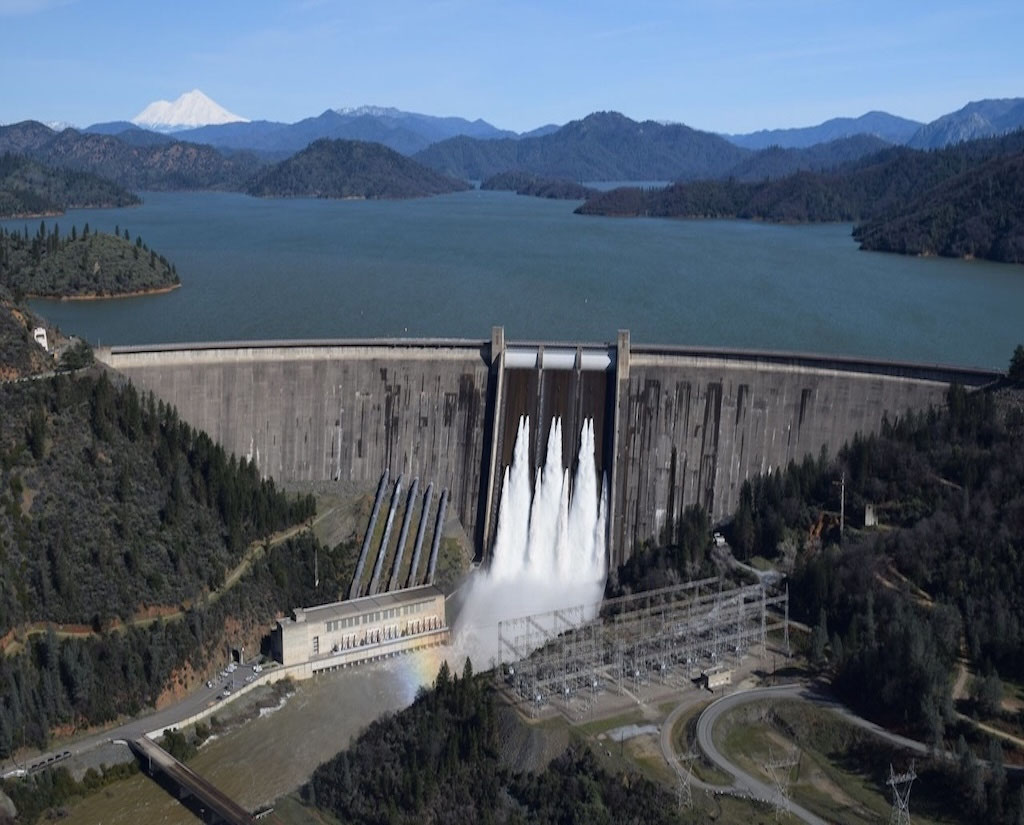
The goal of achieving ‘net zero’ in humanity’s carbon emissions has long been sought after. In the past decade, the need to capture or reuse carbon at a rate quicker than its emission has led to some inspiring innovations.
Though the issue of achieving net zero carbon is global in nature, this has not stopped some cities and nations from doing what they can to achieve net zero emissions at a local level. Let’s take a closer look at some of the communities leading the charge and paving the way for others to follow:
- The Estonian Industrial Symbiosis Agro-Park (EISAP)
This project, which was announced in August 2021, intends to establish a fully sustainable 1500ha industrial agro-park that is meticulously designed to harmonize the byproducts of the nearby power plant with the farms, offices, and reserves built nearby.
In the team’s own words: “The project applies the concept of Industrial Symbiosis (when like-minded businesses and manufacturers collaborate toward closing resource loops, reducing emissions and energy use, and creating eco-friendly solutions and alternative revenue streams).”
As shown in the map above, the EISAP innovatively repurposes the power plant’s emissions by bringing typically isolated sectors (Industrial, agricultural, and commercial) closer together. So instead of merely releasing resources such as steam, heat, and carbon emissions into the atmosphere, these can now be redirected and put to use as a heating source for the nearby district, while the carbon can supply greenhouses and other industries that require it.
- London’s Ultra-Low Emission Zones (ULEZ)
In an effort to reduce the city’s carbon emissions and to improve the air quality of nearly all London residents, the city of London introduced one of the world’s first policies that charges owners of high-emissions vehicles who travel through a zone around the city center.
This practice has proven incredibly effective in a short space of time, to the extent that “87 per cent of vehicles travelling in the zone already meet the ULEZ standards. […] compared to 39 per cent in February 2017, when changes associated with the ULEZ began.” Furthermore, as of October 2021, the Mayor of London declared that the ULEZ would drastically expand its boundaries to encompass 18 times the original ULEZ area.
This change only reduces carbon emission rather than providing a method of capture, but it also shows the plausibility of policies that incentivize more efficient carbon practices among millions of citizens. What’s more, the benefits of such a change are be multifaceted, from cleaner air for all, to less congested streets, to a reduction in vehicular emissions.
- Paris creating 650km of new cycleways
In a move that seems perfectly complementary to London’s ULEV policy, France’s capital city, Paris, recently unveiled a plan to make their massive city “100% cyclable.” The plan involves creating 180 kilometers (112 miles) of new permanent segregated bike lanes and expanding the amount of dedicated bike parking spots to around 180,000 (3 times the current total of 60,000).
By expanding a more dedicated form of bicycle infrastructure, the city is responding to the safety needs of cyclists and motorists as well as lowering the barrier to bicycle adoption for millions of Parisians. This strategy follows in the footsteps of other great European bicycle cities, like Amsterdam and Copenhagen, which have incredibly high levels of bicycle use by citizens who enjoy the ease and convenience of their cities’ designs.
- Columbia’s Green Corridors in Medellin
Medellin, Colombia’s second-largest city of 2.5 million people, has been strategically updating many of its city streets into “green corridors.” These natural canopies are intended to passively generate cooling public spaces. Although this plan may not not appear groundbreaking on the surface, the impact of a simple change like this becomes massive when applied to a large area.
Aside from the carbon capture benefits that all plants provide, these green corridors help to cover wide stretches of concrete and asphalt with shade, naturally cooling the average ground temperature by as much as 2 degrees celsius or 3.6 degrees fahrenheit.
Furthermore, a recent study of American cities shows that the lack of natural shade cover frequently correlates with levels of poverty. This means that impoverished communities without greenery are saddled with enduring higher average temperatures while more affluent communities experience more tolerable conditions.
By placing natural sources of shade over a city’s heat absorbing streets and rooftops, the benefits of cooler conditions not only become more equally distributed, but the energy demand of the city’s climate control systems is also drastically reduced. And when air conditioning systems can comprise up to 27% of a home’s energy expenditure, any reduction helps diminish the reliance upon carbon emitting energy sources.
- Copenhagen’s Wind Turbines
And last, but certainly not least, the city of Copenhagen, the capital of Denmark, has implemented a variety of policies all designed to help the city become “the world's first carbon-neutral capital by 2025.”
In addition to an extensive public transport network, a highly accessible bicycle infrastructure, and the world’s foremost district-wide central heating and cooling systems, Copenhagen has continually added to its repertoire of emission-free energy sources, such as wind, geothermal, and solar power.
The city respects the fact that all residents will need time in order to adapt their lives to fit with this vision for a carbon-neutral city. Yet, the fact that Copenhagen may be on pace for accomplishing this goal in only a few years shows that these changes can still occur at a rapid rate while also maintaining a smooth transition for local residents.
— — —
These five examples all show that incremental improvements in the field of carbon reductions are possible here and now. What remains is for citizens and governments to bravely follow in the footsteps of those who have started to show us the way. These five examples all show that incremental improvements in the field of carbon reductions are possible here and now. What remains is for citizens and governments to bravely follow in the footsteps of those who have started to show us the way. PUB: Singapore's National Water Agency is one of those leading the charge - be sure to visit their latest crowdsourcing challenge - The Carbon Zero Grand Challenge - to learn more.








